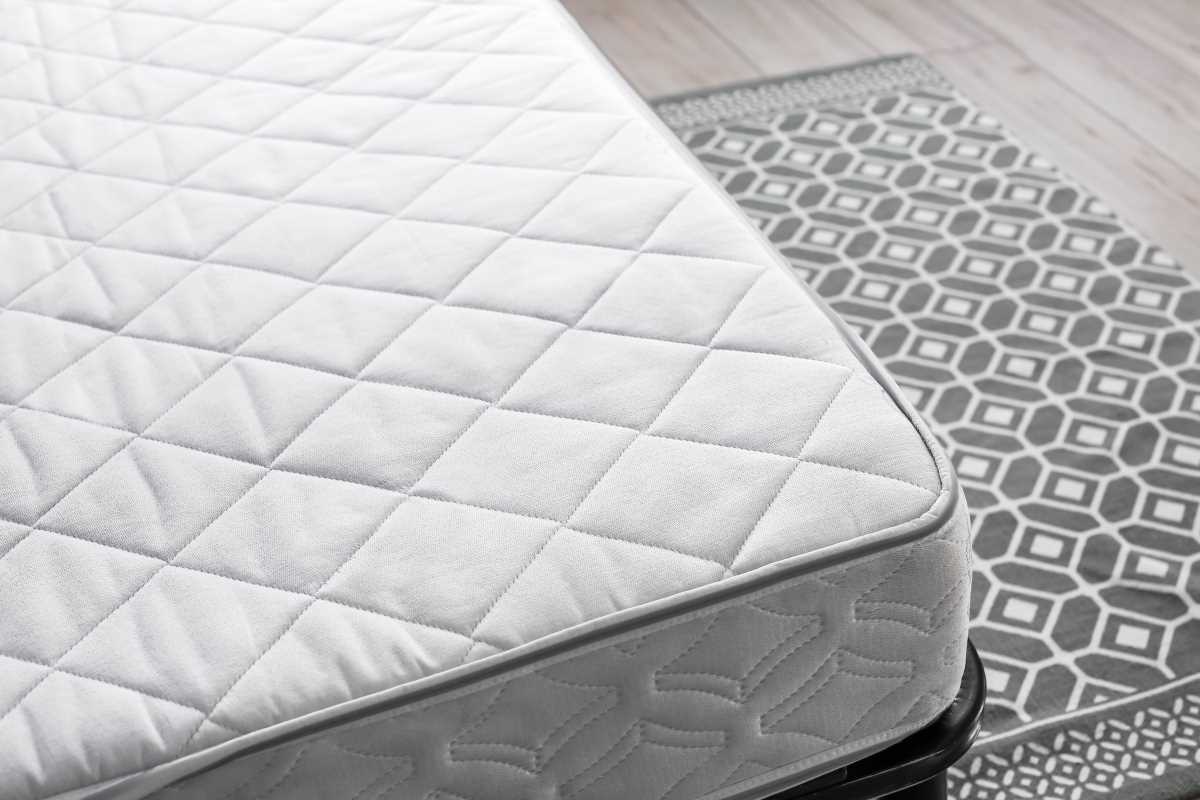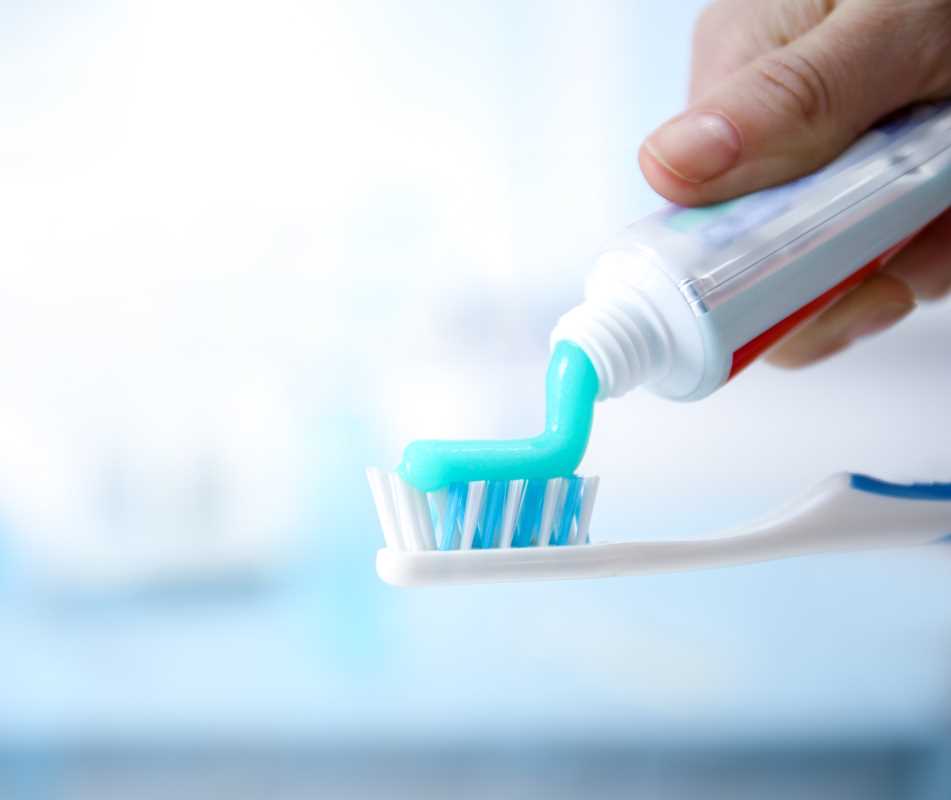You put a lot of effort into creating a healthy home environment. You clean your surfaces, eat nutritious foods, and prioritize good sleep. You might not be thinking about something invisible that has a huge impact on your well-being: the air you breathe inside. Most people spend up to 90% of their time indoors, yet the air in our homes and offices can be more polluted than the air outside. Those persistent headaches, nagging coughs, or unexplained fatigue could be linked to your indoor air quality. Don’t worry, we’ve got you covered. This guide is here to help you understand the common culprits behind poor indoor air and offer simple, practical steps to freshen up your space and protect your health.
What's Lurking in Your Indoor Air?
Poor indoor air quality happens when the air inside a building contains pollutants that can harm your health. These contaminants come from a wide variety of sources, many of which are common household items and activities. Unlike outdoor pollution, which can be dispersed by wind and rain, indoor pollutants can become trapped and concentrated, leading to higher exposure levels. Understanding where these pollutants come from is the first step toward clearing the air.
Common Indoor Air Pollutants
Several types of pollutants can accumulate in your home. It’s helpful to group them into a few main categories.
Biological Pollutants: These are living or once-living organisms. They include mold, mildew, dust mites, pet dander, and pollen that gets tracked in from outside. Damp areas like bathrooms, basements, and kitchens are common breeding grounds for mold and mildew. Dust mites thrive in bedding, carpets, and upholstered furniture. These allergens can trigger respiratory issues, asthma attacks, and allergic reactions.
Volatile Organic Compounds (VOCs): VOCs are gases that are released from certain solids or liquids. You'll find them in a surprising number of household products, including paints, cleaning supplies, air fresheners, aerosol sprays, and even furniture and carpeting. That "new car" or "new carpet" smell is often a sign of VOCs being released. Exposure to high levels of VOCs can cause eye, nose, and throat irritation, headaches, nausea, and in some cases, long-term health problems.
Combustion Pollutants: These are gases or particles that come from burning materials. The most common sources in a home are fuel-burning appliances like gas stoves, furnaces, water heaters, and fireplaces. Carbon monoxide (CO) and nitrogen dioxide (NO2) are two of the most dangerous combustion pollutants. Carbon monoxide is an odorless, colorless gas that can be fatal at high concentrations.
The Health Effects of Poor Indoor Air
The symptoms of poor indoor air quality can be easy to mistake for a cold, allergies, or general fatigue. The effects can be short-term or long-term, depending on the type of pollutant and the duration of exposure.
Short-Term Health Problems
Immediate effects of exposure to indoor air pollutants often include irritation of the eyes, nose, and throat. You might also experience headaches, dizziness, and fatigue. These symptoms are typically short-lived and treatable. Usually, they go away once you leave the contaminated area or the source of the pollution is removed. For people with asthma or other respiratory conditions, exposure can trigger more severe reactions, like asthma attacks.
Long-Term Health Consequences
Prolonged or repeated exposure to poor indoor air can lead to more serious health issues. Long-term exposure to certain pollutants, like radon and some VOCs, has been linked to an increased risk of respiratory diseases, heart disease, and cancer. The health impacts can take years to develop, making it difficult to connect them directly to your home environment. This is why being proactive about improving your air quality is so important for your future well-being. Everyone deserves to feel safe and healthy in their own home, and taking charge of your air quality is a powerful way to do that.
Simple Steps to Improve Your Air Quality
The good news is that you have a lot of control over the air quality in your home. You don't need to undertake a massive renovation to make a difference. Small, consistent changes can have a big impact. Here are some practical tips to get you started.
Ventilate Your Home
This is one of the simplest and most effective strategies. Opening your windows and doors for even 5-10 minutes a day can help to cycle out stale, polluted air and bring in fresh air. You can also use fans, like exhaust fans in your kitchen and bathroom, to pull pollutants out of your home. Turn on the exhaust fan every time you cook or shower to remove moisture and combustion pollutants right at the source.
Keep It Clean
A regular cleaning routine can significantly reduce the amount of dust, dander, and other allergens in your home.
- Vacuum Regularly: Use a vacuum cleaner with a HEPA (high-efficiency particulate air) filter. HEPA filters are designed to trap very small particles, so you're actually removing allergens from your home instead of just kicking them back into the air.
- Wash Bedding Often: Wash your sheets, pillowcases, and blankets in hot water at least once a week to kill dust mites.
- Control Clutter: Clutter can trap dust and make it harder to clean effectively. A more organized space is often a cleaner, healthier space.
Choose Your Products Wisely
Many everyday products contribute to indoor air pollution. Making mindful choices at the store can make a big difference. Look for cleaning supplies, paints, and furniture that are labeled as "low-VOC" or "zero-VOC." Opt for natural or fragrance-free products whenever possible, as synthetic fragrances are a common source of VOCs. Instead of commercial air fresheners, you can use an essential oil diffuser or simply open a window to freshen the air.
Invest in an Air Purifier
For an extra layer of protection, consider using a high-quality air purifier. These devices work by pulling in air from a room, filtering out pollutants, and then circulating the clean air back out. Just like with vacuums, look for a purifier with a HEPA filter to ensure it can effectively capture tiny particles like dust, pollen, pet dander, and mold spores. Placing an air purifier in your bedroom can be especially beneficial, helping you breathe cleaner air while you sleep.
Control Humidity and Prevent Mold
Mold thrives in damp environments, so controlling the humidity in your home is key to preventing its growth. Aim to keep your indoor humidity levels between 30% and 50%. You can use a dehumidifier in damp areas like basements. It's also important to fix any leaks in your roof, pipes, or windows promptly to prevent moisture from building up. Be sure to clean your bathroom regularly and use an exhaust fan during and after showers.
Breathe Easier in Your Own Home
Your home should be a safe haven where you can rest and recharge, and that includes the air you breathe. While the thought of invisible pollutants can be unsettling, you have the power to make a real difference. Start today, and you’ll be well on your way to creating a healthier, happier home environment for yourself and your loved ones.
 (Image via
(Image via





